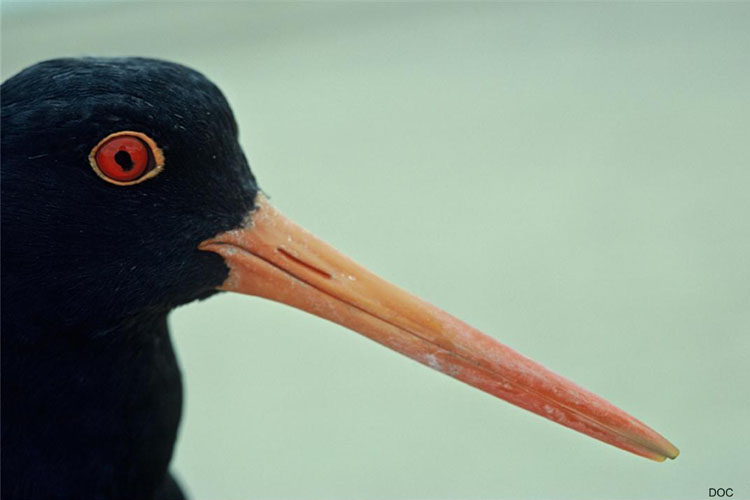Biodiversity
Biodiversity, nga koiora rereketanga, is the diversity in number and variety of living (non–human) organisms. It includes diversity of species, between species, and of ecosystems and the processes that maintain them.
The longterm objective to protect and restore native biodiversity is defined as addressing, recognising, caring for the natural world of Kaipara for its own sake. This objective focuses on re-establishing natural capital so to allow ecosystem function and services to continue for our mokopuna, future guardians, kaitiaki and users.

Issue:
Biodiversity simply means ‘the variety of life’. Biodiversity is both an outcome of, and essential to, ecosystem integrity and health.
“Māori view the environment as a construct of physical (te taha kikokiko), mental (te taha hinengaro) and spiritual (te taha wairua) realities. The same applies of course to ecosystems. Māori ‘see ecosystems beyond the terrestrial sites in which an ecosystem might be located…an ecosystem includes the air above, the earth below and the species within…”[1]. Hence, to Māori the sea is their kin, known as Tangaroa.
Although biodiversity offers enormous economic, environmental and spiritual value to humanity, providing services we want and need, it is being critically threatened by unsustainable consumption and rapid population growth (Department of Conservation 2000; MEA 2005; Ministry for the Environment 2007). Expanding agriculture, industry, mining and urbanisation are fragmenting, degrading and eliminating natural ecosystems; non-native species are displacing and fundamentally changing indigenous communities; pollution and resource use activities such as fishing cause stress.
Only 0.4% of freshwater ecosystems, 19.1% of forest ecosystems, 2% of dunelands and 5% of estuarine ecosystems remain in the Kaipara harbour catchment. The ability of these ecosystems to provide natural and economic services that the local and regional community want and need is highly questionable. Spatial analysis and landuse modeling conducted for the gap analysis provided significant detail on the spatial extent of various landuse types across the catchment; sediment load, nitrogen and phosphorus, and E.coli load of rivers and streams; spatial prioritisation of freshwater ecosystems of national importance were also analysed and defined for their role in contributing towards freshwater biodiversity conservation and future ecosystem integrity of rivers in the Kaipara catchment.
Strategy:
Effective protection and restoration of Kaipara biodiversity needs to be undertaken using an ecosystem-based approach and at a catchment-harbour scale; and lastly, must be integrated. This is to recognise that any activity undertaken in the Kaipara has direct or indirect effects on the ecosystem, and most importantly, the human population and its culture, are an integral part of the ecosystem.
Our priorities include a need to systematically protect and restore key ecosystems through policy, partnerships, regulation and tree planting.
Goals:
- Establish spatial priorities and strategies for conservation and restoration initiatives in order to be implemented through statutory and non-statutory methods.
- To halt biodiversity and fish stock decline investigate then apply spatial arrangements that includes protected areas, spatially compatible use zones and addresses integrated management across sectors.
[1] Charles Royal (1993). ‘The perspectives of Māori knowledge holders,’ in Geoff Park: ‘The State of New Zealand’s ecosystems: a questionnaire of ecologists, conservation managers, resource planners and iwi kaitiaki’ (unpublished). Science & Research Unit, Department of Conservation, Wellington.

